Key Takeaways
Table of Contents
Understanding the Basics of DJ Mixing
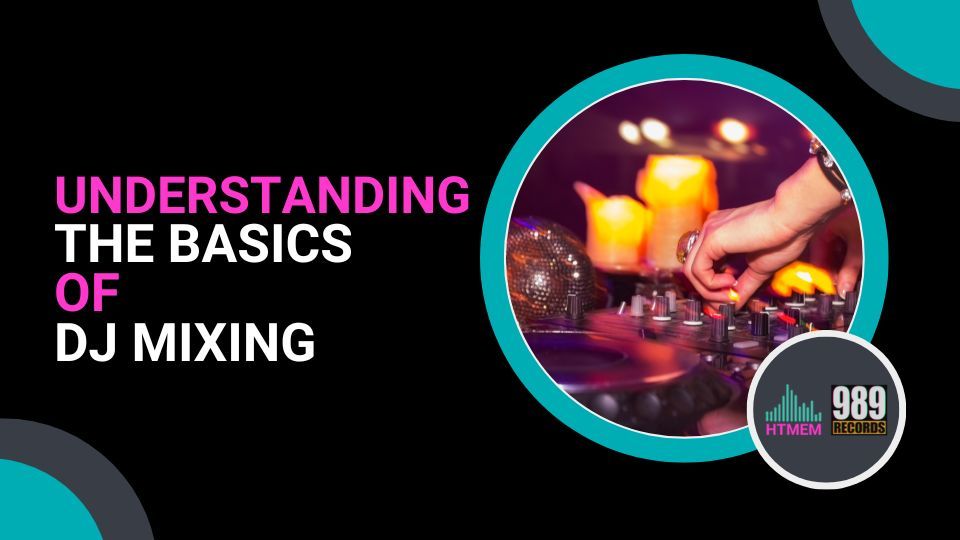
Beatmatching
Phrasing
Harmonic Mixing
Building Your Music Library for DJ Mixing
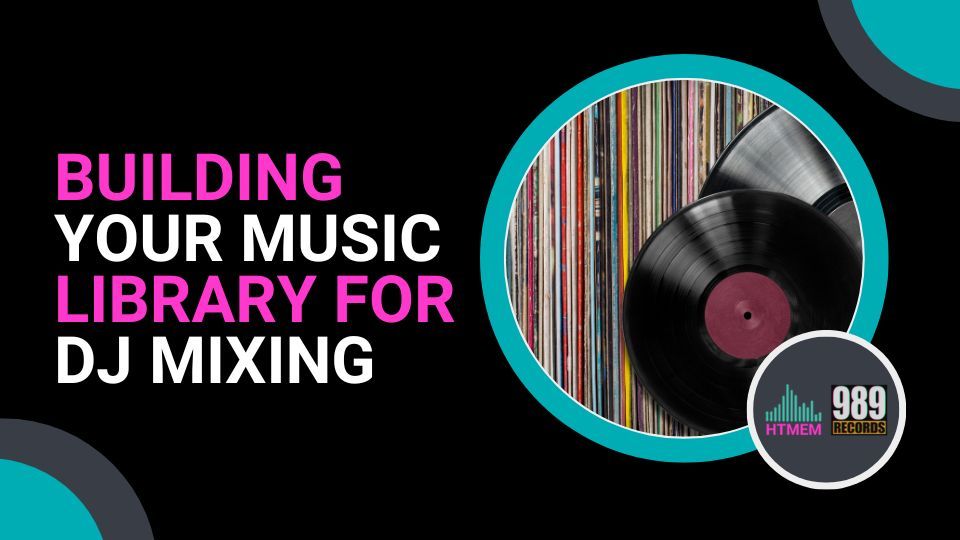
Selecting Tracks
Organizing Your Collection
Prioritizing Audio Quality
DJ Equipment Essentials
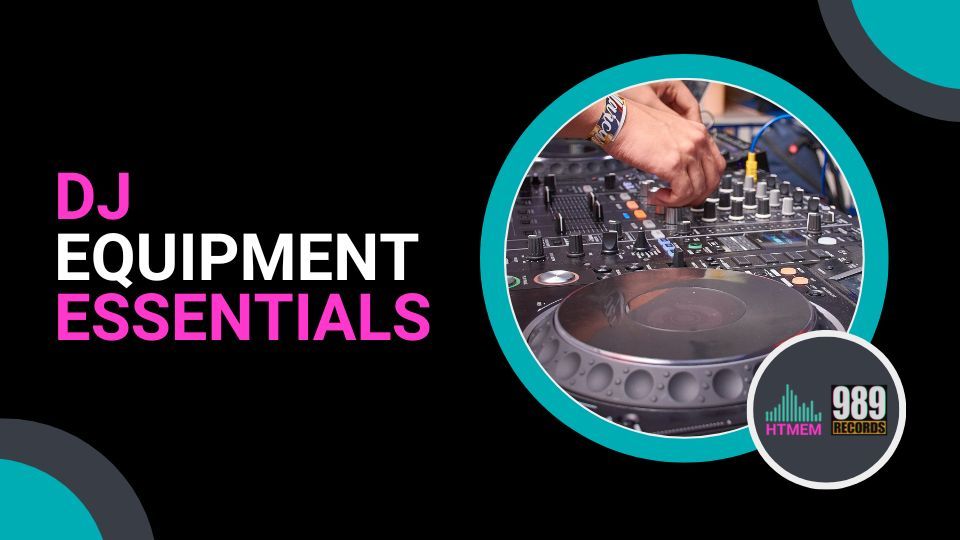
DJ Controllers
DJ Software
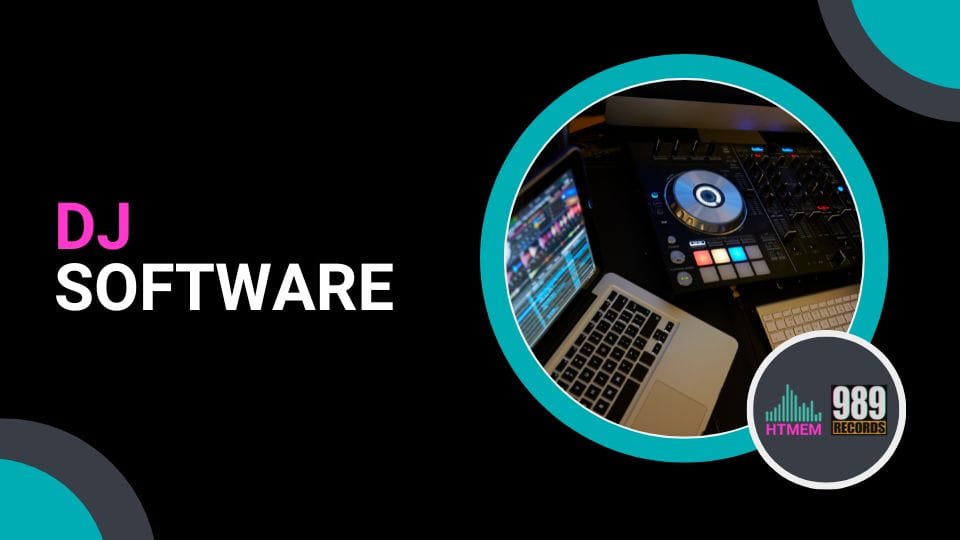
Headphones and Monitors
Practical DJ Mixing Techniques
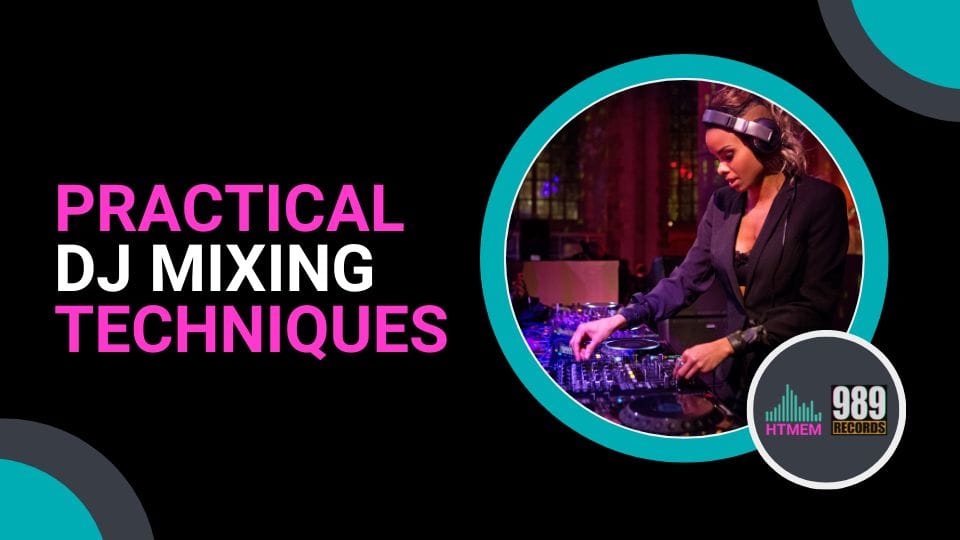
Transition Techniques
Looping and Hot Cues
Mixing Across Genres
Reading the Crowd and Adapting Your Mix
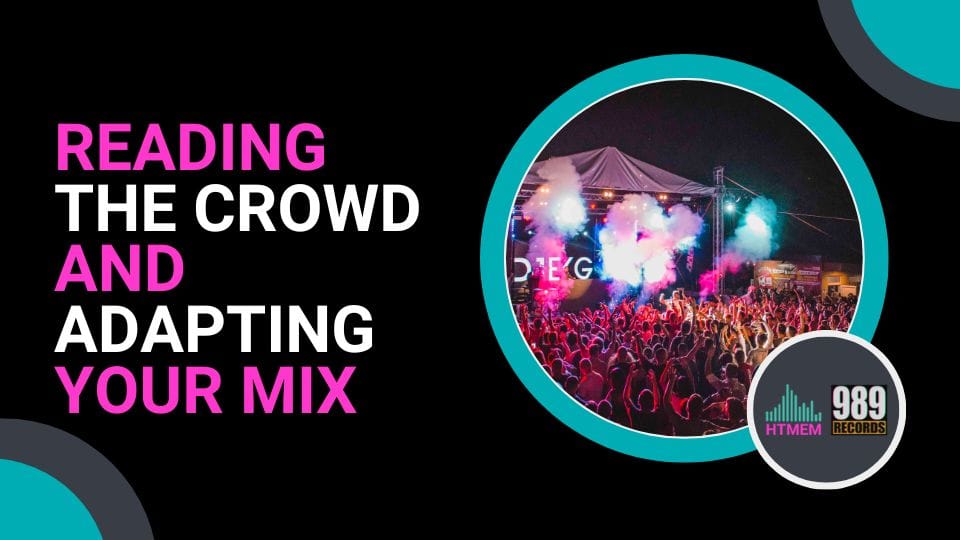
Balancing Preparation and Spontaneity
Using Transition Tracks
Practicing and Developing Your DJ Skills
Regular Practice Sessions
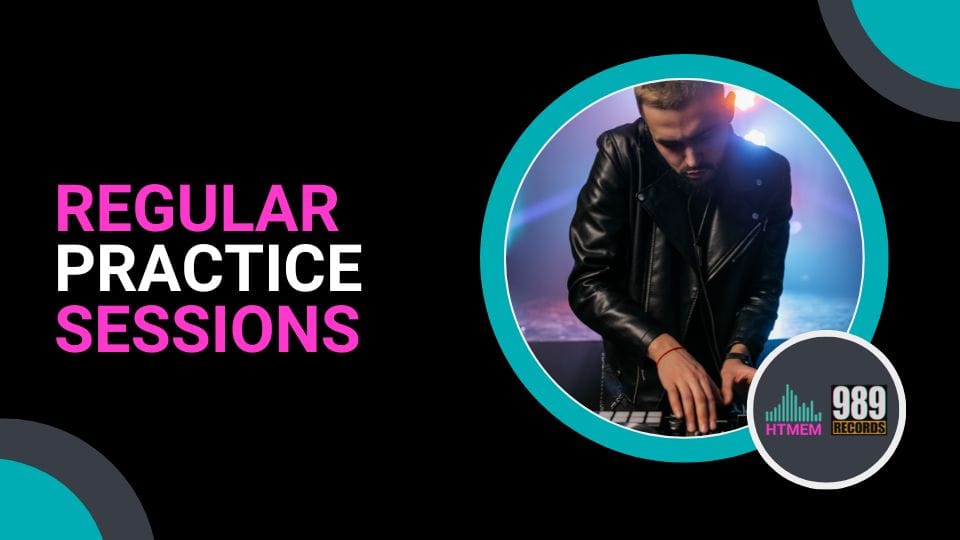
Learning from Other DJs
Performing Live
Summary
Frequently Asked Questions
How do I start mixing as a DJ?
What does a DJ use to mix?
How hard is DJ mixing?
How do DJs get songs to mix?
What DJ equipment is essential for beginners?
About the Author
Max Porcelli
Steinberg Certified Trainer, DJ, and Producer with 29 years of experience. He owns 989 Records, an Electronic Music Label based in Italy. Every Saturday he hosts an exciting Radio Show called 989 Records Radio Show on air on Patchouli Deep Radio, London.
Write your awesome label here.







